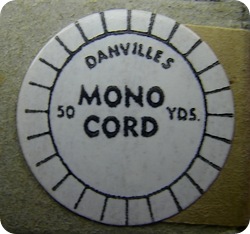 A couple hundred thousand fellows will be gnashing teeth yet again – compliments of the Danville Chenille Company and their decision to discontinue their venerable 3/0 Monocord.
A couple hundred thousand fellows will be gnashing teeth yet again – compliments of the Danville Chenille Company and their decision to discontinue their venerable 3/0 Monocord.
There are plenty of finer threads so it’s no catastrophe, but it’s a constant reminder that both natural and synthetics are prone to vanish without notice.
When Belding-Cortiscelli abandoned NYMO thread fly tiers were left with little other than sewing thread. Danville’s Monocord became the heir apparent as it shared some of the characteristics of the NYMO brand, namely tying flat.
NYMO has returned in recent years as a beading thread, but the smallest size available is “A”.
With the emphasis on the 6/0, 8/0, and 12/0 threads available today, the older and larger Monocord was collateral damage. I’m sure the salt water crowd will be in tears, as larger hooks and rough conditions lends itself to larger threads.
For those eager to lay in a goodly supply, grab what’s on the shelves – they’ve already ceased production.
(via Flyfishingnotes.com)
Tags: Monocord thread, Danville Chenille Company, 3/0 thread, Belding-Cortiscelli Thread Company, Nymo thread, nylon thread, fly tying thread

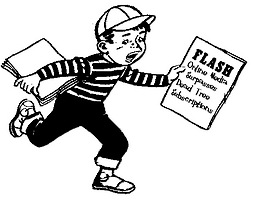 The print media continues to struggle in the face of the combined onslaught of economy and Internet. We get mighty few clues on how the fishing press is faring as so few are publicly traded.
The print media continues to struggle in the face of the combined onslaught of economy and Internet. We get mighty few clues on how the fishing press is faring as so few are publicly traded.
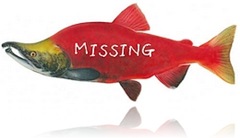 Anyone seen 9 million missing Sockeye salmon?
Anyone seen 9 million missing Sockeye salmon?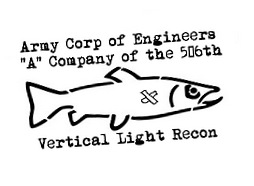 I’d guess they’re made hardier than anticipated but I still cringe if the drop is more than a couple feet.
I’d guess they’re made hardier than anticipated but I still cringe if the drop is more than a couple feet.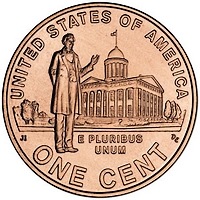 Singlebarbed’s war on inflation naturally extends only to other’s profits. Like Rupert Murdoch, who
Singlebarbed’s war on inflation naturally extends only to other’s profits. Like Rupert Murdoch, who 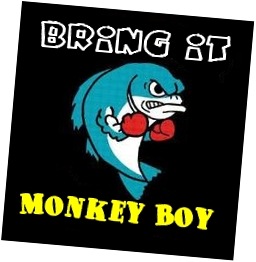 Alternative energy is anything other than fossil fuel and with the administration determined to promote the agenda,
Alternative energy is anything other than fossil fuel and with the administration determined to promote the agenda,  Antidepressant use doubling in a single decade
Antidepressant use doubling in a single decade